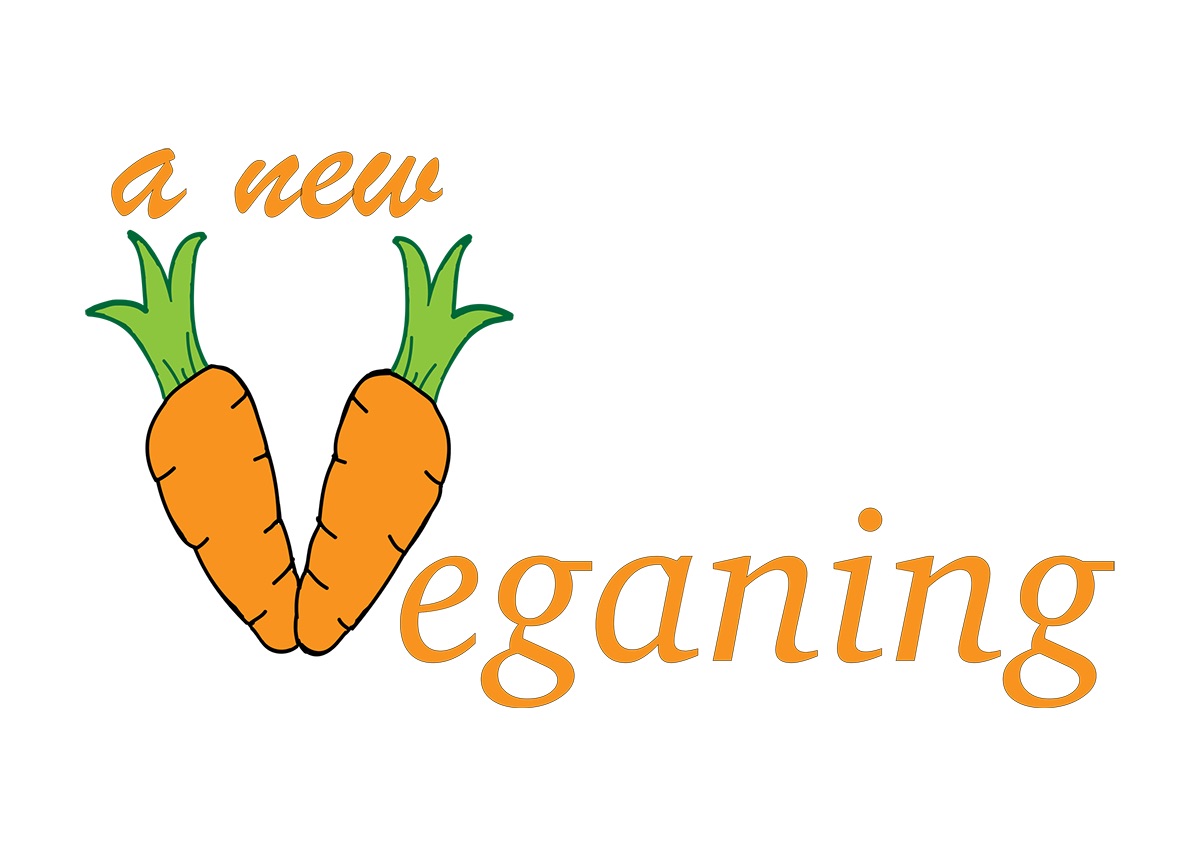A new veganing
The dairy industry isn’t just harmful to cows, it’s harmful to us, too
More stories from Emilee Wentland
Recently, I had to break up with the love of my life, and it’s quite possibly the hardest thing I’ve ever had to do.
Last Thursday I went to Culver’s and enjoyed a chocolate malt for the last time, thus ending my two-decade-long relationship with ice cream. I had strong feelings for the frozen dessert, but since my leap into veganism, we had to go our separate ways.
My shelves in the pantry and the fridge are finally vegan-friendly, thus kicking off my official veganism.
The main reason for my change in diet is because of the dairy industry’s impact on the environment. While ice cream was the hardest thing to let go of, it’s not the only thing causing negative change.
The dairy industry so negatively impacts the Earth because cows produce a greenhouse gas called methane. Methane stays in the air for a decade or so and while it’s in the atmosphere, it traps in heat — like every greenhouse gas — and therefore warms the planet, according to the Environmental Defense Fund.
The concentration of methane in the air has increased 143 percent in the last 200 years, PennState Exension states, 27 percent of which is due to cows.
Dairy consumption in the U.S. went up 32 percent from 1990 to 2005, and it’s expected to continue to rise another 50 percent from then until 2050, according to the United Nations Food and Agriculture Organization.
“Dairy production has a considerable effect on climate change due to emissions of greenhouse gases such as methane, nitrous oxide, and carbon dioxide,” according to a World Wildlife Fund (WWF) magazine article.
The same article listed milk production as a factor, but also included the taking care of and tending to the cows as a source as well.
As for ice cream, the average American consumes 22 pints (less than three gallons) of ice cream per year, according to another WWF article. Since I used to consume about that much in a month or so, I found this number rather underwhelming.
However, the same article states 23 million gallons of milk are used to fuel America’s ice cream consumption, therefore adding onto the United State’s methane emissions.
“With this increasing demand for dairy, there is growing pressure on natural resources, including freshwater and soil,” according to another WWF article.
Thankfully for me, there are vegan alternatives to all kinds of dairy-based products, so I won’t be going without (fake) ice cream anytime soon.
Ben & Jerry’s has a line of dairy-free ice cream flavors, and many other brands are hopping on the vegan train as well. I went to Woodman’s last weekend for groceries, and they had an entire section of dairy-free ice cream, most of which were almond- or soy-based.
As for milk, I really only use it for cereal and dunking Oreos, and I’ve found soy milk is a great option for both those things. Additionally, I’ve found most coffee shops — especially the big brands like Starbucks and Caribou — offer at least soy milk, but sometimes even coconut or almond milk as alternatives for lattes and other milk-based beverages.
I’ve found that dairy alternatives and vegan options in general are becoming more popular in grocery stores, therefore making it easier to live a vegan or vegetarian lifestyle. This coming week I plan to venture out to find vegan options -— besides french fries — at various restaurants in Eau Claire.

